1. The Kraken – Giant Squid
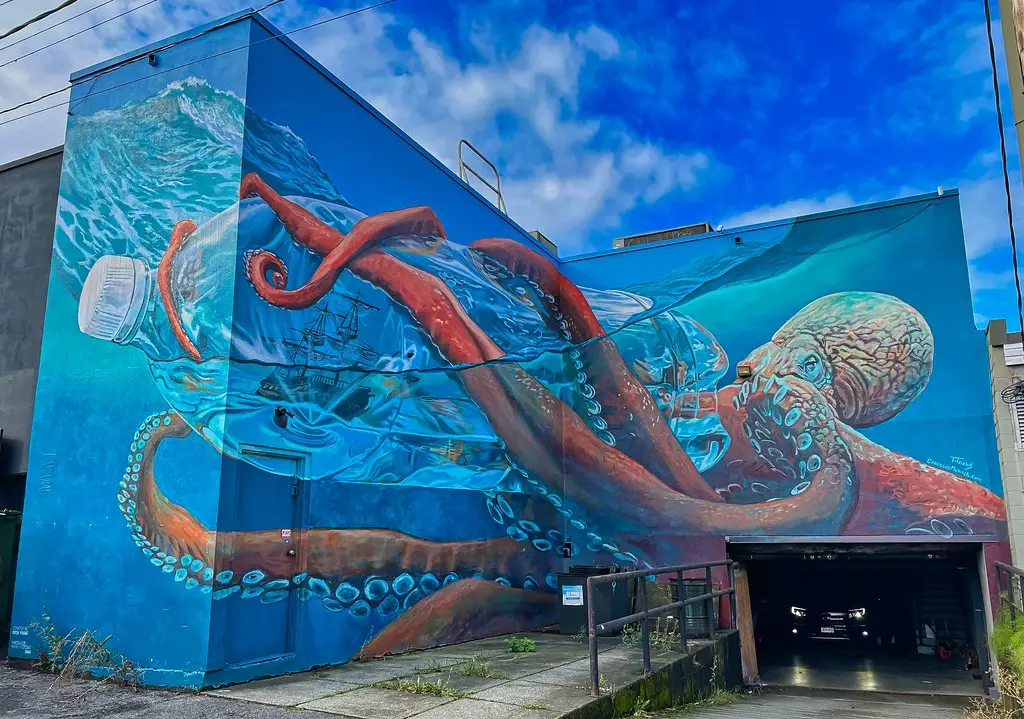
Sailors’ tales of the Kraken describe a massive, tentacled beast capable of sinking ships. Today, we know the giant squid (Architeuthis dux) is the real-life inspiration behind these myths. According to Smithsonian Ocean, these creatures, which can reach lengths exceeding 40 feet, inhabit the deep ocean and are rarely seen alive. Their enormous eyes, the size of dinner plates, allow them to see in the dark depths of the ocean. Historical encounters with washed-up specimens or battles with whales likely fueled terrifying stories of the Kraken.
Adding to their mystique, their tentacles are equipped with powerful suction cups and hooks, leaving dramatic scars on whales that survive encounters. The ability of the giant squid to evade human observation for so long reinforces its legendary status. It was only in 2004 that scientists captured the first images of a live giant squid, bringing the creature out of myth and into reality. To this day, the deep-sea habitat of these animals remains largely unexplored, leaving room for more discoveries.
2. Sea Serpent – Oarfish
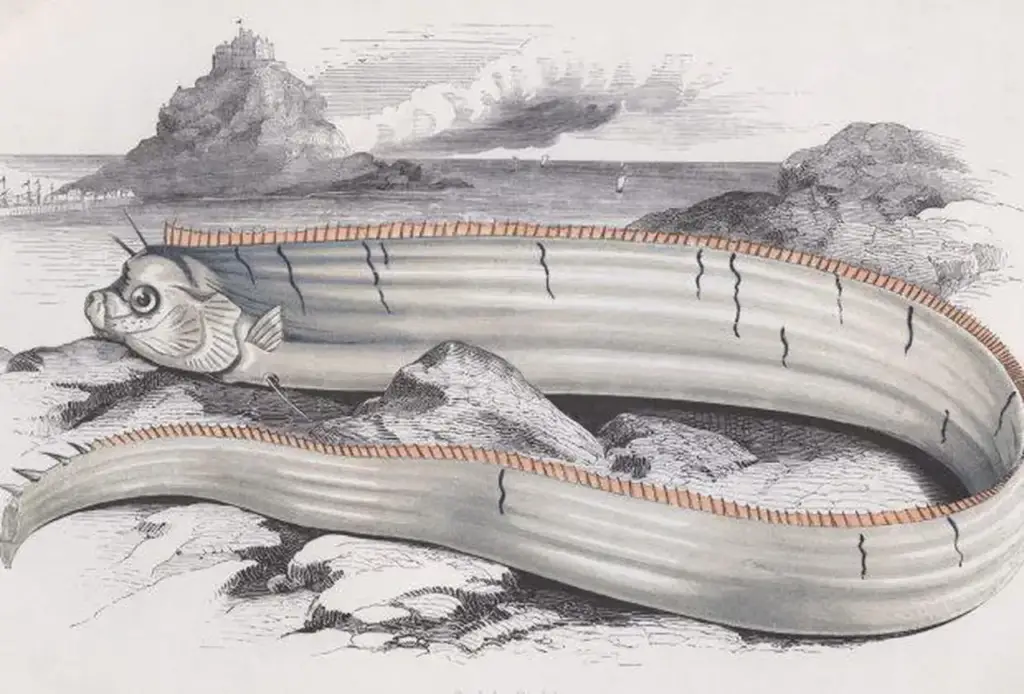
Long, snake-like creatures described as sea serpents likely stem from sightings of the oarfish. These elongated, ribbon-like fish are the longest bony fish in the world, capable of growing up to 36 feet in length. With their shimmering, silvery bodies and undulating movements, they appear otherworldly, especially when glimpsed from the surface. Oarfish are typically found in deep ocean waters but occasionally rise to the surface due to illness or environmental changes. According to Forbes, their presence near the surface during storms or earthquakes has led to speculation that they predict natural disasters. Historical accounts of massive, serpentine creatures could easily match the oarfish’s appearance, complete with its flowing red fins that resemble a mythical crest.
The rarity of oarfish sightings contributes to their mysterious reputation, as even today, encounters with these creatures are infrequent. When they wash ashore, their immense size and unusual shape often spark renewed interest in sea serpent legends. Scientific studies of oarfish behavior and habitat are ongoing, but much about their lives remains unknown. This combination of rarity, size, and strangeness continues to fuel their status as a potential source of sea serpent myths.
3. Mermaids – Manatees and Dugongs
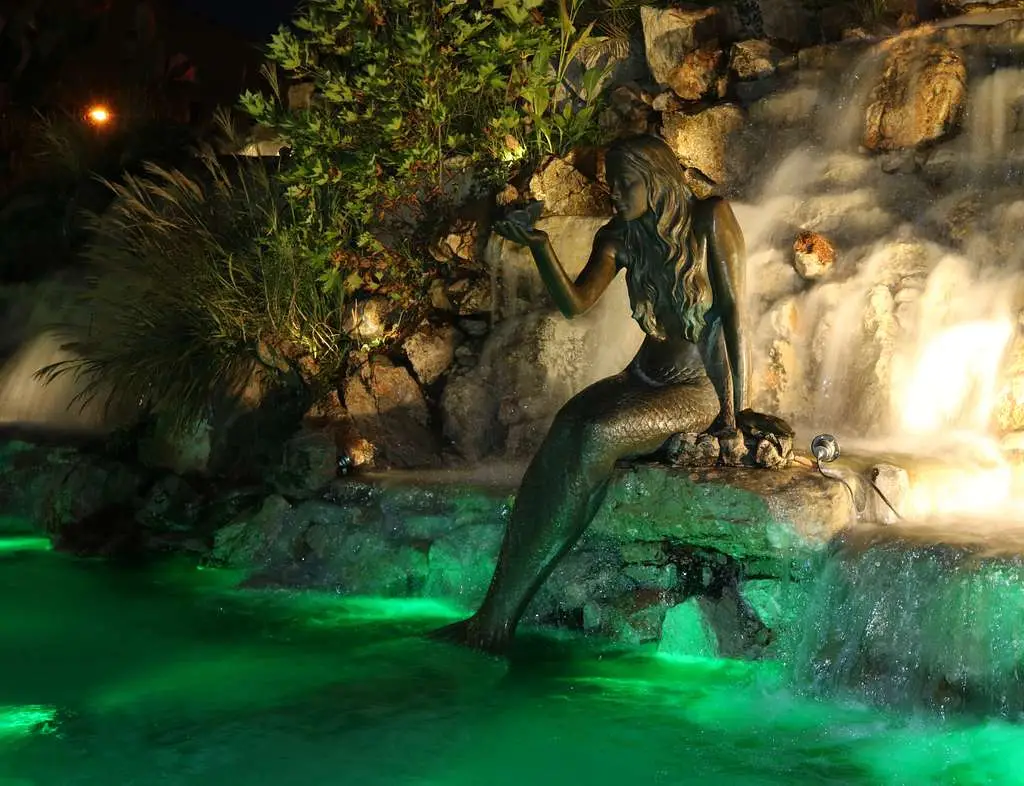
The enchanting mermaids of folklore may have been inspired by manatees or dugongs. These aquatic mammals are slow-moving and often surface to breathe, presenting an eerily human-like silhouette when viewed from a distance. Sailors who spent months at sea, deprived of human contact, may have mistaken these creatures for mythical mermaids. Their rounded tails, reminiscent of a fishtail, and their habit of “kissing” the surface of the water added to their mystique. Dugongs and manatees also nurse their young, cradling them in their flippers, which could have been perceived as maternal, human-like behavior. According to Smithsonian Ocean, historical records suggest that even the famed explorer Christopher Columbus reported sightings of mermaids, which he described as “not as beautiful as they are painted.”
These creatures, though less glamorous than the mermaids of legend, are vital to marine ecosystems as they feed on seagrass and help maintain the health of underwater habitats. Overhunting and habitat loss have threatened these species, sparking conservation efforts worldwide. Today, seeing a manatee or dugong in the wild is a treasured experience for those lucky enough to encounter these gentle giants. Their historical association with mermaids reminds us of how real animals can inspire fantastical stories.
4. The Leviathan – Sperm Whale
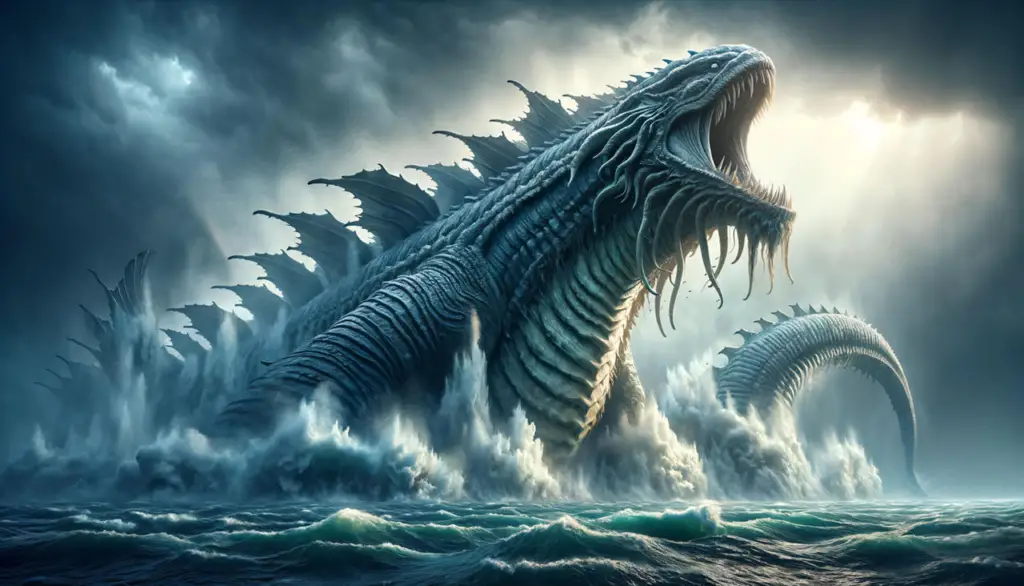
According to Britannica, Biblical references to the Leviathan often depict it as a fearsome sea monster capable of wreaking havoc on sailors and ships. Modern interpretations suggest this creature could be the sperm whale, the largest toothed predator on Earth. Sperm whales are known for their immense size, with males reaching up to 60 feet in length. They dive to incredible depths of over 3,000 feet in search of squid, engaging in epic underwater battles that may have inspired tales of monstrous sea creatures. Their blows, or spouts of water, could be mistaken for geysers from a massive beast. Additionally, their wrinkled skin and large, square heads give them an unusual appearance that could easily fuel myths.
Historical accounts of sperm whales attacking whaling ships, such as the story that inspired “Moby-Dick,” further cement their reputation as Leviathan-like creatures. These whales also produce mysterious clicking sounds, used for echolocation, which might have added an eerie element to early encounters. Today, sperm whales are admired for their intelligence and social behavior, traveling in pods and displaying complex communication. Although no longer feared as monsters, they remain a source of awe and fascination.
5. The Loch Ness Monster – Plesiosaur Misidentifications
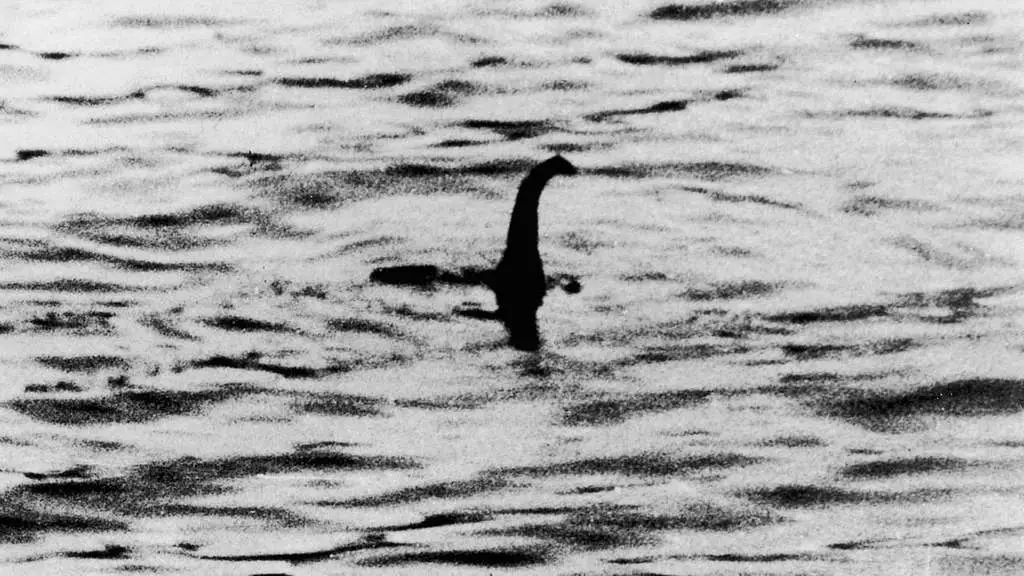
While Nessie’s existence remains unproven, some sightings could be attributed to sturgeon or large eels. Fossil discoveries of plesiosaurs may have inspired early ideas of a long-necked creature lurking in the depths. Sightings of unusual ripples or shapes in Loch Ness are often explained as misidentifications of natural phenomena, such as waves or debris. According to PBS, the legend of the Loch Ness Monster gained worldwide fame in the 20th century, particularly with the publication of the famous “Surgeon’s Photograph,” later revealed to be a hoax. Despite this, the idea of Nessie endures, drawing tourists and cryptid enthusiasts to Scotland.
Scientific investigations, including sonar scans of the loch, have yet to reveal definitive evidence of a large, unknown creature. Some researchers suggest that sightings could involve oversized eels, which are known to inhabit the loch. The enduring allure of Nessie reflects humanity’s fascination with the unknown and the possibility of discovering prehistoric creatures surviving into the modern era. Whether real or imagined, the Loch Ness Monster has become a cultural icon and a reminder of how myths and science often intertwine.
6. The Sea Bishop – Squatina (Angel Shark)
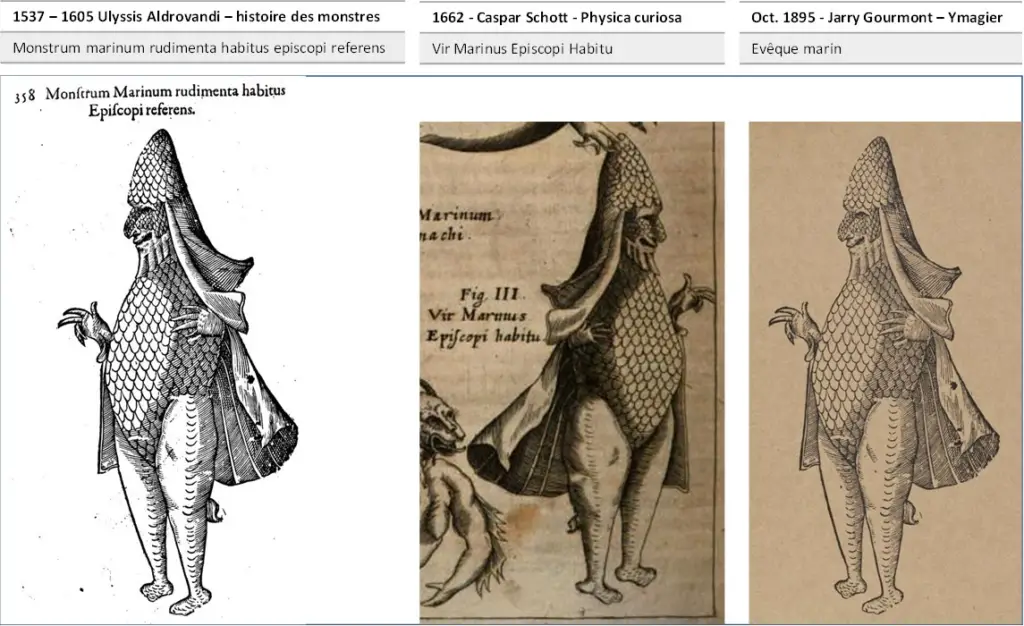
The Sea Bishop, described as a fish with a human-like torso, may have been inspired by the angel shark. Its flat, wing-like fins and unusual body shape could easily be misinterpreted as a mythical being. Angel sharks are bottom-dwelling creatures that camouflage themselves in the sand, making them difficult to spot. When disturbed, they can leap from the ocean floor with surprising speed, startling unsuspecting observers. This sudden movement might have contributed to the belief that they were supernatural creatures. Their mouths, located on the underside of their bodies, are well-adapted for ambushing prey, which adds to their strange appearance. Angel sharks are rare and are considered critically endangered in many regions, making sightings even more mysterious.
Their historical association with sea bishops reflects the human tendency to mythologize unfamiliar creatures. Conservation efforts aim to protect these sharks and preserve the marine environments they inhabit. Learning more about the angel shark’s behavior and habitat helps demystify these fascinating creatures while highlighting their ecological importance.
7. The Great Sea Serpent – Basking Shark
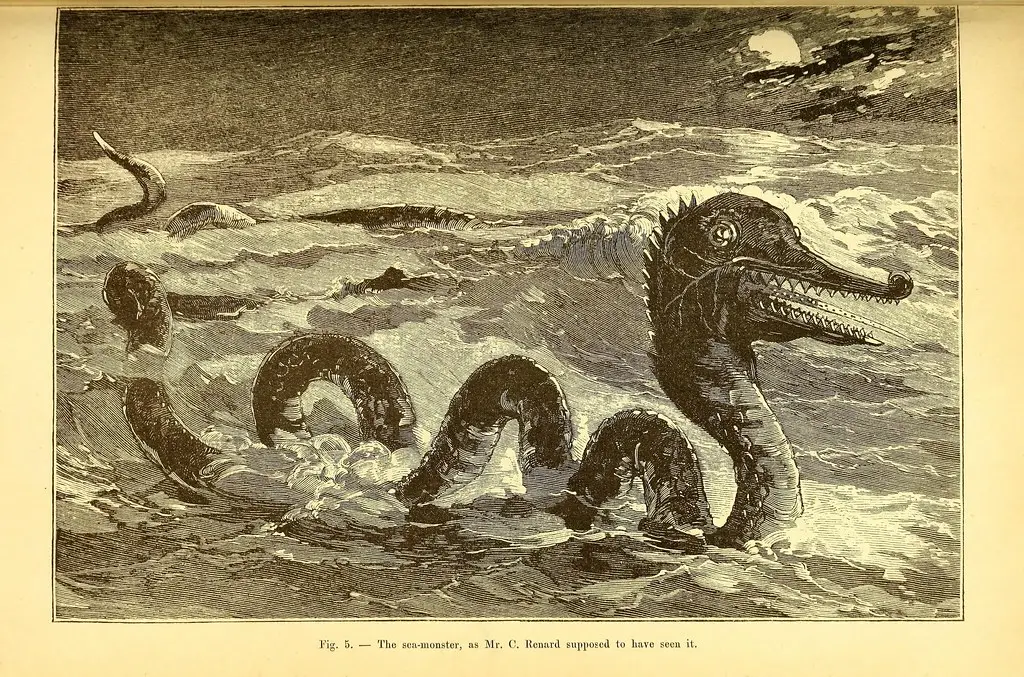
The decomposing remains of basking sharks often resemble long-necked sea monsters. With their massive size and gaping mouths, these gentle giants could easily fuel sea monster legends. Basking sharks are the second-largest fish in the world, reaching lengths of up to 40 feet. Despite their enormous size, they feed on plankton, swimming with their mouths wide open to filter food from the water. When basking sharks die and decompose, their cartilage and muscle tissue can take on strange shapes, leading to misidentifications. Historical accounts of monstrous sea creatures often describe features that match the appearance of a basking shark’s carcass.
These sharks are found in temperate waters around the world, where they often swim near the surface, making them more visible than many other large marine animals. Observers unfamiliar with their behavior might mistake their dorsal fins for the humps of a serpent-like creature. Though intimidating in size, basking sharks are harmless to humans and play an important role in marine ecosystems. Their gentle nature contrasts sharply with the fearsome legends they’ve inspired, reminding us that appearances can be deceiving.
8. The Scylla – Sixgill Shark

In Greek mythology, Scylla was a terrifying sea monster with multiple heads that devoured sailors who strayed too close. While the Scylla of myth was described as part-woman, part-beast, its real-life counterpart might be the sixgill shark. These sharks inhabit deep ocean waters and are known for their primitive features and enormous size, with some individuals growing over 20 feet long. Their wide mouths, lined with serrated teeth, and eerie, luminescent eyes give them a distinctly menacing appearance. Sixgill sharks are nocturnal hunters, preying on a variety of marine life, which might have added to their ominous reputation. They are rarely seen by humans due to their preference for deep water, but occasional encounters have sparked fear and curiosity.
Their ability to move silently and swiftly through the water aligns with descriptions of sea monsters lurking in the depths. Ancient sailors, who occasionally found large sharks caught in nets or washed ashore, might have exaggerated their features into myth. Modern research has revealed that sixgill sharks are among the oldest shark species, with evolutionary roots stretching back millions of years. Their prehistoric appearance and mysterious behavior make them a fitting inspiration for tales of the Scylla.
9. The Devil Whale – Blue Whale
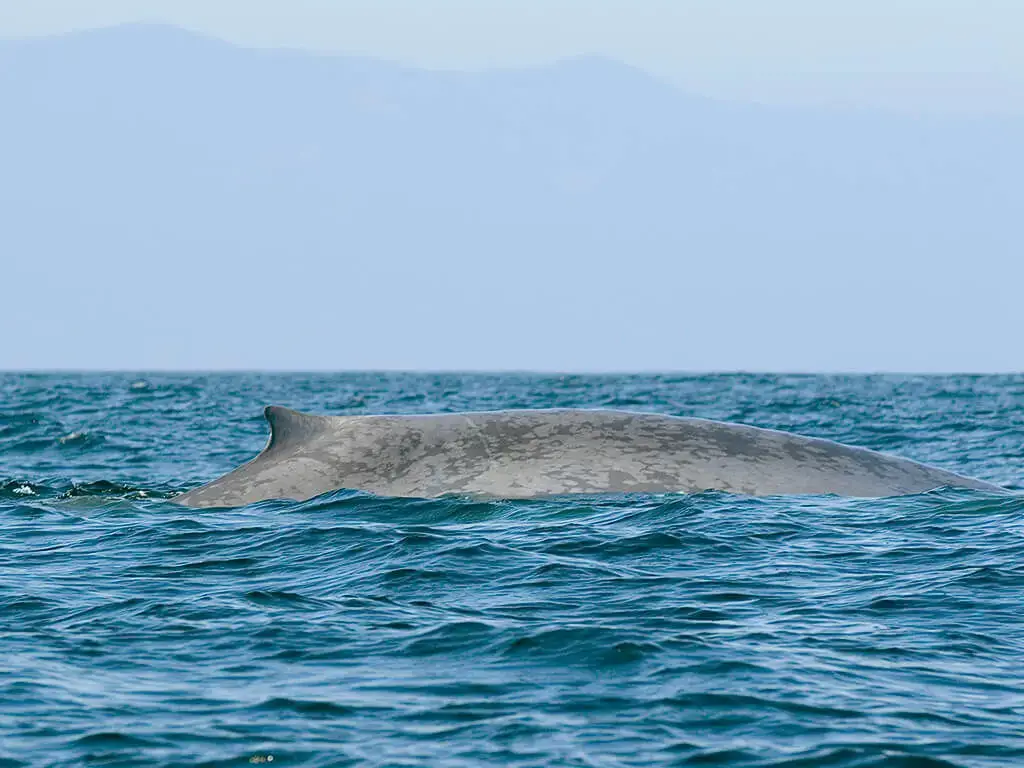
Legends of the Devil Whale describe a massive sea creature that resembled an island, tricking sailors into landing on its back before dragging them into the depths. This myth may have been inspired by the blue whale, the largest animal on Earth. Blue whales can reach lengths of up to 100 feet and weigh as much as 200 tons, making them appear otherworldly in size. When seen from above, their mottled blue-gray backs could be mistaken for small islands. Historical accounts of sailors encountering these giants often described them as gentle, but their sheer size and unexpected movements could easily cause alarm. Blue whales surface to breathe and expel water through their blowholes, which might have been interpreted as geysers erupting from a hidden monster.
Despite their intimidating dimensions, blue whales are filter feeders, consuming tiny krill to sustain their massive bodies. Sightings of these whales breaching or surfacing near ships could have given rise to exaggerated tales of sea monsters. Modern conservation efforts have helped blue whale populations recover after near-extinction due to whaling, allowing more people to witness their grandeur in the wild. These encounters remind us of how awe-inspiring real marine life can be, rivaling any myth in scale and wonder.
10. The Sea Monk – Monkfish
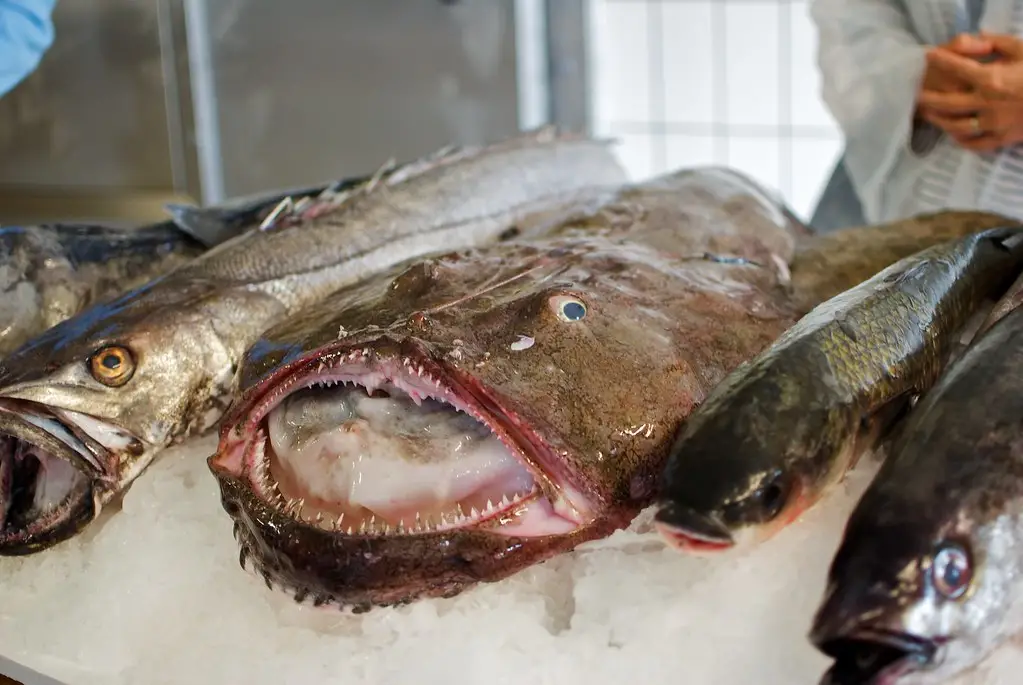
The Sea Monk, a cryptid described as a creature resembling a human monk in robes, might have been inspired by the monkfish. These bizarre-looking fish have flat, wide heads and long, tapering bodies that could vaguely resemble a cloaked figure when viewed from above. Monkfish are deep-sea dwellers with large mouths and sharp teeth, perfectly adapted for ambushing prey on the ocean floor. Their unusual appearance and strange movements likely fueled the imagination of early sailors who encountered them. When brought to the surface, monkfish can appear even more grotesque due to their balloon-like stomachs, which expand when hauled from the depths.
The creature’s resemblance to the Sea Monk could also stem from artistic exaggerations in historical accounts. Monkfish are commercially valuable for their tasty tails, but their alien-like appearance still surprises those unfamiliar with them. While no longer viewed as mythical beings, monkfish continue to capture attention as an example of how real creatures can inspire legendary tales. Their ability to thrive in harsh underwater environments underscores the adaptability and diversity of marine life.
11. The Lusca – Giant Octopus
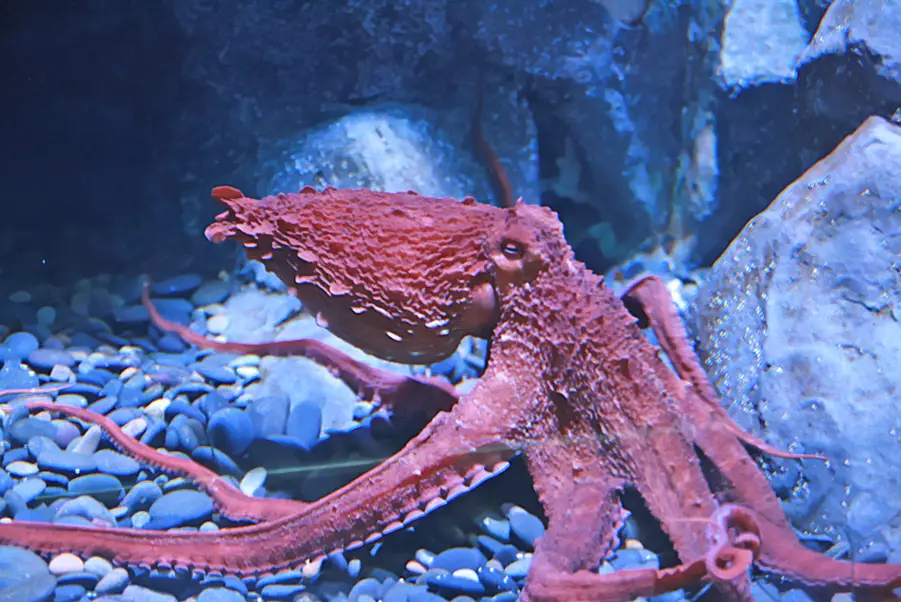
The Lusca, a legendary creature from Caribbean folklore, was said to be a half-shark, half-octopus monster lurking in underwater caves. Modern interpretations suggest it may be inspired by sightings of giant octopuses. These elusive cephalopods are known for their intelligence, camouflage abilities, and impressive size, with some specimens reaching over 30 feet across. Giant octopuses often inhabit rocky reefs and underwater caves, matching descriptions of the Lusca’s preferred habitats. Their powerful arms, lined with suckers, can ensnare prey and leave behind injuries that might have been mistaken for monster attacks.
In regions where the Lusca legend is prominent, underwater currents and sudden whirlpools in blue holes could add to the mystique, making it seem as though a powerful creature was responsible. While no definitive evidence of a Lusca exists, the behaviors of giant octopuses—such as their ability to vanish into crevices or escape predators—fit the characteristics of a cryptid shrouded in mystery. Today, giant octopuses are studied for their unique biology, but their role in inspiring myths like the Lusca ensures they remain a source of fascination.
12. The Umibōzu – Japanese Spider Crab
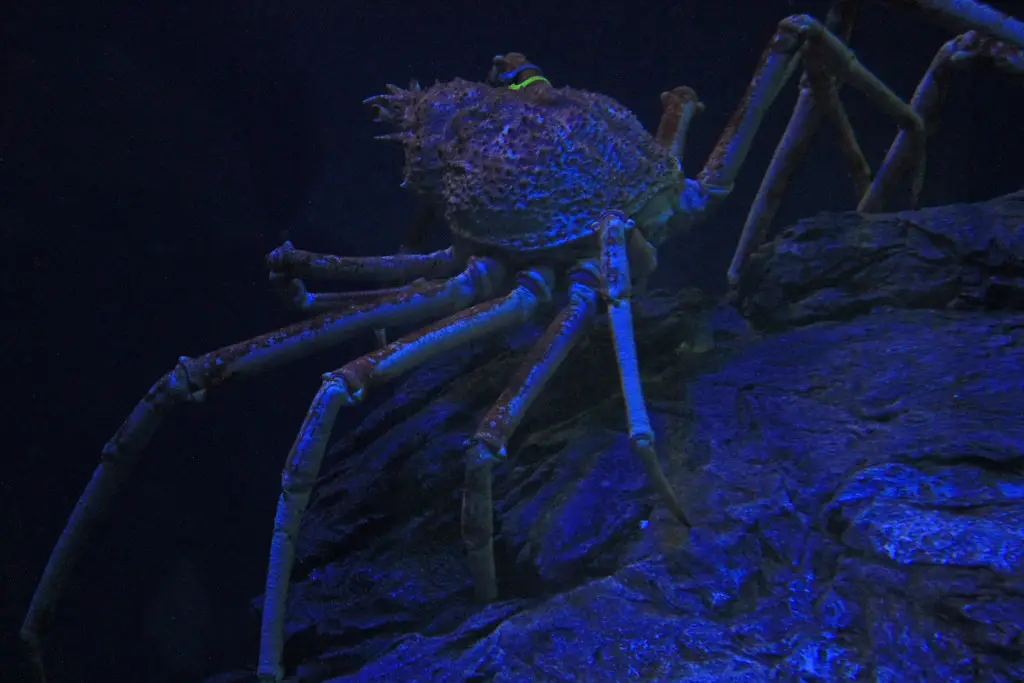
In Japanese folklore, the Umibōzu is a sea spirit said to appear as a large, shadowy figure that terrorizes fishermen. This cryptid may have been inspired by sightings of the Japanese spider crab, the largest crustacean on Earth. These crabs have legs that span up to 12 feet, giving them an almost alien-like appearance when seen underwater. Their habit of lurking near the seafloor in deep waters might explain why they were associated with mysterious, ominous creatures. During storms or strong currents, spider crabs can be dislodged and carried closer to the surface, making them visible to sailors. Their spindly legs and unusual movements could easily be misinterpreted as supernatural.
In Japanese art and stories, the Umibōzu’s dark silhouette and towering form align with how a spider crab might appear in murky waters. Despite their eerie reputation, Japanese spider crabs are harmless to humans and play an important role in marine ecosystems. Their connection to the Umibōzu legend highlights how cultural interpretations of sea life can blend the real and the mythical. By studying these crabs, scientists continue to uncover the secrets of the deep ocean while preserving the allure of ancient maritime folklore.


